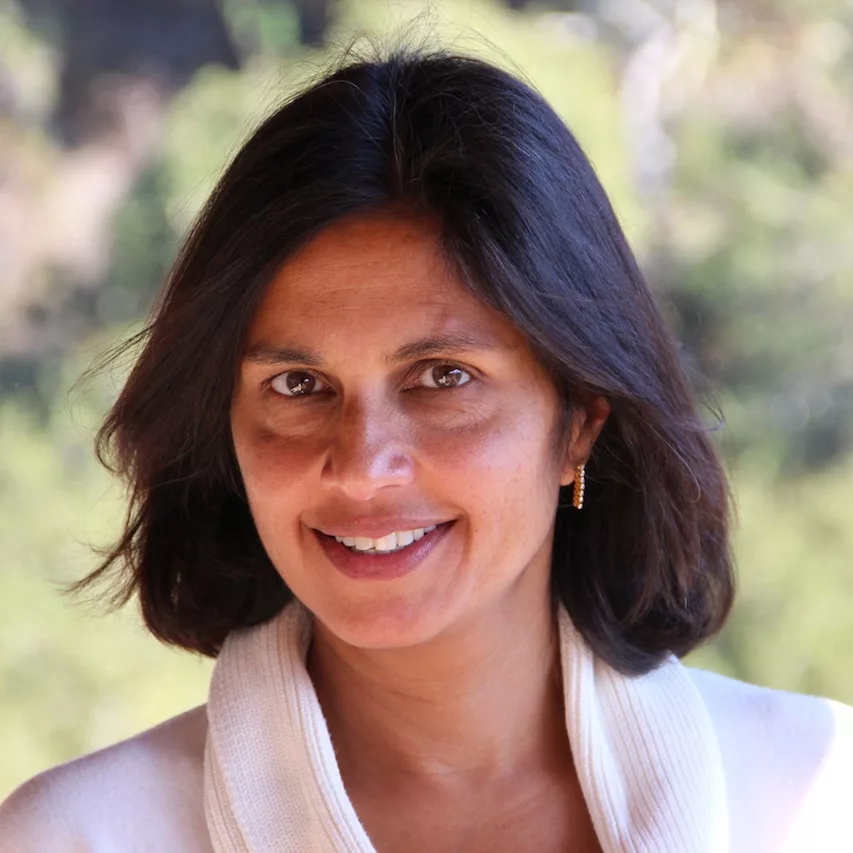At SOCAP13, with support from the David and Lucile Packard Foundation, we focused almost 20% of our programming on investing in oceans, to raise awareness among the SOCAP community of the many ways that investors and entrepreneurs can improve ocean health through market-based solutions. Monica Jain is a leader within sustainable seafood who has continued building the marketplace for sustainable ocean solutions, at SOCAP and through the Fish 2.0 business competition.
Entrepreneurs Worldwide Are Taking on Seafood Sustainability
By Monica Jain
It’s no secret that our oceans and the people who depend on them are in trouble. According to the United Nations Food and Agriculture Organization, about 70 percent of the world’s fisheries are fully exploited, overexploited or suffering a collapse under the pressure of a $390 billion global seafood market. Yet analysts expect seafood demand to double by 2050, while island and coastal communities around the world remain dependent on seafood for both sustenance and economic health.
This situation demands business and technology innovation throughout seafood supply chains to improve use of the resources we still have and to sustainably produce seafood to meet growing demand. Simply improving one element of the supply chain in isolation will not get us to healthier oceans. Without businesses throughout the supply chain that fully value and differentiate sustainable seafood from pirated, illegal, or wastefully processed products, consumers cannot identify sustainable products. And without the ability to identify sustainable products, consumers can’t create market incentives for fish farmers or fishers to change their production or capture practices.
New approaches are needed at every stage of the supply chain: pre-production inputs, such as fishing and farming materials or data collection and analysis; the capture of wild fish at sea or production of fish and shellfish on farms; the purchase and collection of seafood at docks or farms; preparation of value-added consumer products; distribution and logistics; and the sales environment—the restaurants and supermarkets that are the only part of the supply chain most of us see.
Fishers and farmers must have accurate data and cost-effective sustainable options for their gear and supplies. Then they must be able to sell their products up the supply chain to a distributor or processor that values sustainability enough to sort and differentiate sustainable fish from other fish that look the same but were not captured or farmed sustainably. In turn, this distributor or processor must be able to partner with or sell to others who value sustainable seafood, uphold its integrity, and ideally, pay a bit more for it. If any piece of the chain does not value or distinguish sustainable seafood from traditional products, it is difficult for the businesses at the beginning of the chain to survive and compete in the marketplace.
New businesses develop seafood solutions
Fortunately, there’s an enormous amount of entrepreneurial energy going into developing better technology, practices and business models at all stages of the supply chain—and while this activity has been happening under the radar, the “stealth mode” won’t last for long. When I started the Fish 2.0 business competition, many investors, foundations and even seafood experts said it would be difficult to get more than 50 initial entries in a competition for sustainable seafood businesses. They were not seeing many innovative seafood businesses, and they believed most of those they did see were not looking for investment. The inaugural competition in 2013 showed that assessment was off the mark: it drew 83 entries. This year’s competition more than doubled in size, drawing 170 entries. We just recently winnowed the field to 37 businesses that will pitch to investors at Stanford Nov. 10–11.
The diversity of these businesses—in terms of both geography and business focus—is heartening. The group is notably international: only 17 businesses are based in the United States, including two with operations in Chile; six are in Canada; four are based in Latin America; five operate in the South Pacific; two are based in Europe; and three are in Southeast Asia. It’s exciting to see sustainability and invention taking root in the markets where the fish are coming from, not just where they are consumed—and to see change happening on so many levels.
Finalists include companies focused on aquaculture, aquaponics, technology, wild capture products, traceability and consumer products. Some of these businesses are shortening supply chains for value-added sustainable seafood products in the Pacific Islands, Alaska and Thailand. Some are using advanced aquaculture techniques to reduce energy costs, wastes and loss from disease, or are developing new fish feeds that reduce pressure on wild fishery stocks. Others are improving seafood storage systems to reduce waste and logistics costs, improve quality and open new markets. Still others are bringing convenient branded sustainable seafood products to consumers, developing new technology to make supply chains traceable, or providing healthy foods and income to communities that have few other options.
It’s also important that sustainable seafood businesses show they can carve out market share or expand markets, and I see that happening too. Nearly two-thirds (23) of Fish 2.0 finalists and runners-up are post-revenue ventures that can demonstrate a market for their products.
The opportunity is growing
Impact investors and traditional investors who are interested in food systems, community development, supply chain innovation, aquaculture and other areas touched by seafood businesses should take note of this growing opportunity.
The World Bank projects that sustainably managed fisheries could boost annual seafood harvests by as much as 95 million tons, worth $72 billion. Governments are starting to insist that seafood be captured legally, farmed sustainably and traded transparently. And public interest in the oceans, sustainable products and healthy foods continues to drive demand for sustainable seafood. To be sure that this demand has a positive influence on large-scale fishing and farming, we must continue to grow and connect businesses around the world that value and enhance social and environmental sustainability throughout seafood supply chains.
 Monica Jain is the founder and executive director of Fish 2.0 and Manta Consulting Inc. She has worked for over 20 years in the private sector and philanthropy, and specializes in creating innovative financing strategies and structures for impact investors, foundations, and private sector–nonprofit partnerships. Follow her @fish20org.
Monica Jain is the founder and executive director of Fish 2.0 and Manta Consulting Inc. She has worked for over 20 years in the private sector and philanthropy, and specializes in creating innovative financing strategies and structures for impact investors, foundations, and private sector–nonprofit partnerships. Follow her @fish20org.
Investors interested in attending the finals should email the Fish 2.0 team.




